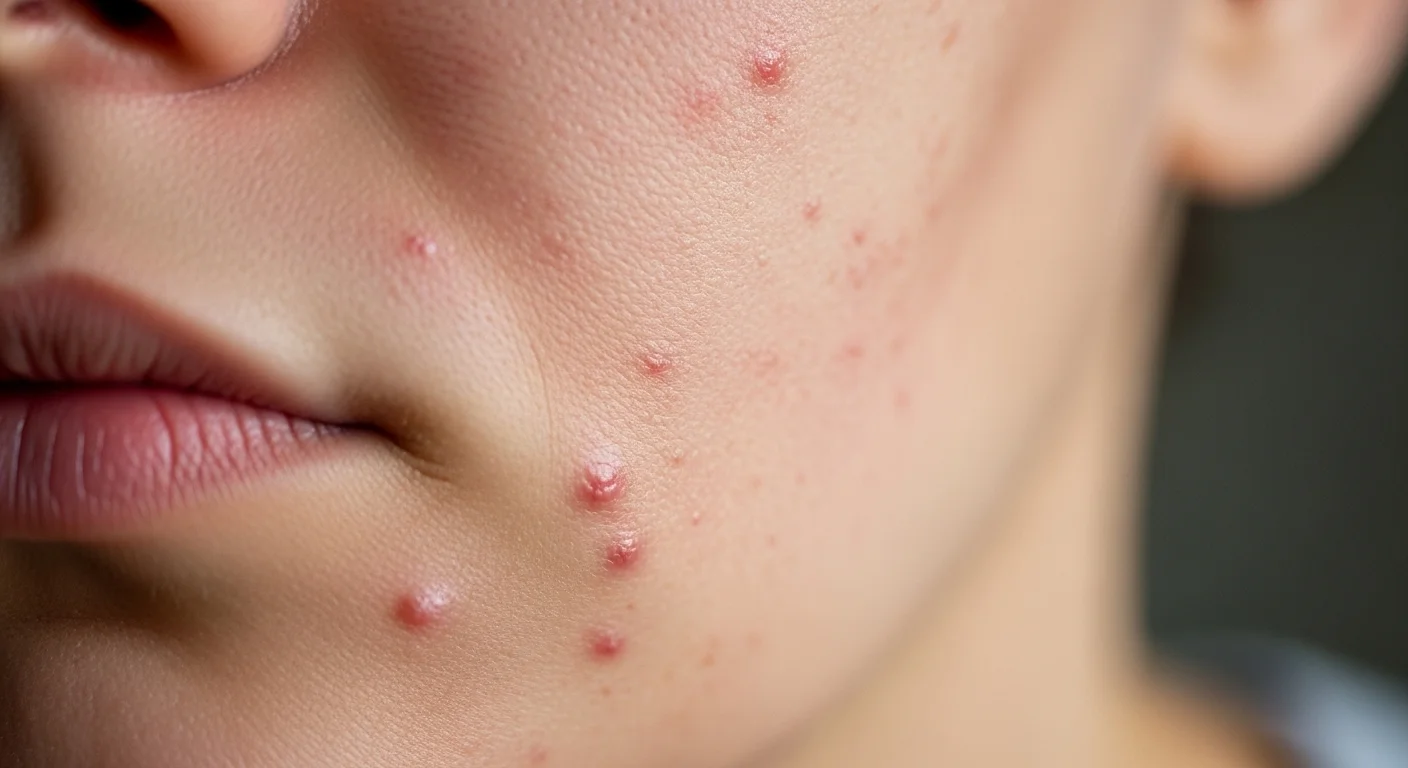Tanning Addiction: The Hidden Dangers of Artificial Tanning and Skin Cancer Risk
The pursuit of a bronzed, healthy-looking complexion has led many down a dangerous path: tanning addiction. Driven by societal pressures and a desire for aesthetic enhancement, some individuals become excessively reliant on artificial tanning methods, often overlooking the significant health risks involved. This article explores the dangers of tanning addiction, focusing on the link between artificial tanning and skin cancer.
The Allure and the Addiction
The initial appeal of tanning, whether through sun exposure or artificial means, often stems from increased self-esteem and a perceived improvement in appearance. For some, like one individual who spent over a decade addicted to tanning beds, the desire to maintain a certain image can lead to compulsive behavior. This person, a fitness professional, even resorted to physically altering skin lesions to maintain their tanned appearance. This highlights the psychological component of tanning addiction and the lengths to which individuals will go to satisfy their craving.
Artificial Tanning: A Known Carcinogen
The dangers of artificial tanning are well-documented. Tanning beds and sunlamps emit intense ultraviolet (UV) radiation, a known carcinogen. This radiation damages the DNA in skin cells, increasing the risk of developing skin cancer. The World Health Organization (WHO) has classified artificial tanning devices as Group 1 carcinogens, placing them in the same category as asbestos and tobacco.
- Basal Cell Carcinoma: This is the most common type of skin cancer and is often linked to long-term UV exposure. It typically appears as a slow-growing nodule, often with a pearly or waxy appearance.
- Melanoma: A more aggressive form of skin cancer, melanoma is also associated with UV exposure, including that from tanning beds.
The Cumulative Effect of UV Exposure
Even short periods of UV exposure can contribute to long-term skin damage. The cumulative effect of repeated tanning sessions significantly increases the risk of skin cancer. Many people underestimate the danger of brief exposure, such as sitting near a window or running a quick errand without sunscreen. However, these seemingly insignificant exposures add up over time, increasing the likelihood of developing skin cancer later in life.
Risky Trends: Sunscreen Contouring
The dangers of intentional sun exposure are further amplified by risky trends like "sunscreen contouring," popular on social media platforms. This involves applying sunscreen to only certain areas of the face, intentionally exposing the rest of the skin to the sun to create a tanned contour. This practice concentrates UV damage on unprotected areas, significantly increasing the risk of skin aging, sun damage, and skin cancer in those regions.
Prevention and Early Detection: Your Best Defense
Protecting your skin from UV radiation is crucial for preventing skin cancer. Here are some essential steps:
- Wear Sunscreen Daily: Apply a broad-spectrum sunscreen with an SPF of 30 or higher to all exposed skin, even on cloudy days.
- Seek Shade: Limit your time in direct sunlight, especially during peak hours (10 AM to 4 PM).
- Wear Protective Clothing: Cover up with long sleeves, pants, a wide-brimmed hat, and sunglasses.
Self-Exams: Knowing Your Skin
Early detection is key to successful skin cancer treatment. Regularly perform self-exams to identify any changes in moles or other skin lesions. Familiarize yourself with the ABCDEs of melanoma:
- Asymmetry: One half of the mole does not match the other half.
- Border: The edges of the mole are irregular, blurred, or notched.
- Color: The mole has uneven colors, including shades of black, brown, and tan.
- Diameter: The mole is larger than 6 millimeters (about 1/4 inch) in diameter.
- Evolution: The mole is changing in size, shape, or color.
If you notice any of these signs, consult a dermatologist immediately.
Regular Check-ups: When to See a Dermatologist
Individuals with certain risk factors, such as fair skin, a family history of skin cancer, a large number of moles, or a history of excessive sun exposure, should undergo regular skin cancer screenings by a dermatologist. Early detection and treatment significantly improve the chances of a positive outcome.
By understanding the risks associated with tanning addiction and taking proactive steps to protect your skin, you can significantly reduce your risk of developing skin cancer and maintain healthy skin for years to come.




